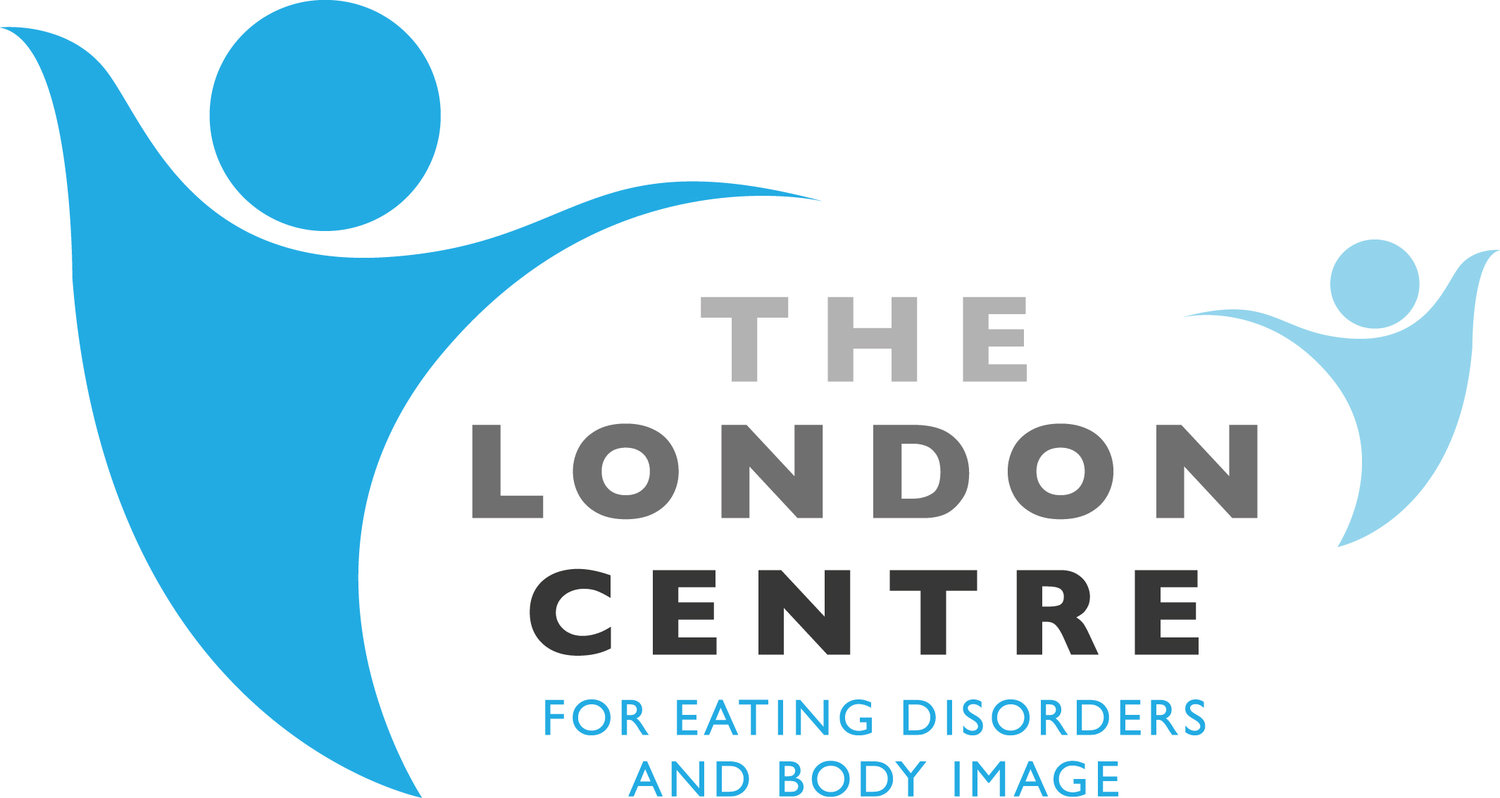Treatment for Body Dysmorphic Disorder
The goal of treatment for body dysmorphic disorder (BDD) is to decrease the distress around appearance, to decrease compulsive behaviours (e.g. body checking or skin picking), and to improve quality of life and daily functioning. The NICE guidelines (evidence based recommendations for healthcare in England) currently recommend medication and/or Cognitive Behavioural Therapy involving exposure and response prevention. However, when BDD appears to have its triggers in a traumatic or distressing experience such as bullying, parental criticism or an abusive relationship, other therapeutic approaches - such as Imagery Rescripting or Eye Movement Desensitisation and Reprocessing (EMDR) - can be extremely helpful adjuncts to traditional treatment.
Cognitive Behavioural Therapy
CBT uses cognitive behavioural principles to help sufferers identify and target thinking styles and behaviours that maintain a negative body image, to help the individual move towards a better relationship with their body.
Initial stages of CBT treatment will involve a full assessment of symptoms, history and any behaviours or thinking styles that serve to maintain the BDD. A highly individualised formulation of a person’s BDD will be developed, incorporating how body image problems developed, how they are maintained, any triggers to negative appearance thoughts, and helpful and unhelpful coping strategies which are being utilised.
Treatment then focusses on cognitive strategies, including identifying unhelpful thinking styles, evaluating them, and generating believable helpful alternatives. Deeper level core beliefs should also be collaboratively identified and worked on. These might include beliefs such as “I am unloveable” or “I am inadequate”.
Exposure and response prevention is another core part of CBT for BDD. People with BDD typically engage in “safety behaviours” - behaviours that are used to try and alleviate anxiety about appearance concerns such as mirror checking, reassurance seeking, or trying to hide “defects” with clothing or makeup. Whilst these feel helpful in the short-term (by alleviating anxiety) they only serve to reinforce the BDD thoughts and behaviours. Exposure and response prevention involves being exposed to feared situations without using these safety behaviours (e.g. going outside without make up on) with the aim of weakening unhelpful beliefs about appearance and reducing the impact of these concerns on an individual’s life. This work is done in a structured way, as agreed between the client and their therapist. It should always be done gradually and alongside developing anxiety management skills and regular support.
Perceptual retraining is another core part of CBT for BDD. In this phase of treatment clients are supported to engage in more adaptive mirror related behaviours, such as challenging mirror avoidance or mirror checking. This may be done using a mirror within a session and supporting a client to take a holistic view of the body while using neutral body talk.
For clients who can locate the roots of their BDD in a distressing or traumatic experience, the emotional impact of these experiences may need additional therapeutic interventions. This can be done via strategies such as Imagery Rescripting (IR) or Eye Movement Desensitisation and Reprocessing (EMDR).
Medication can also be a helpful adjunct to therapy, and you could discuss this with your GP.
Imagery Rescripting
Imagery rescripting is a specific technique that involves identifying traumatic or distressing experiences that have resulted in an individual developing a negative relationship with their body (e.g. bullying, abuse, body disfigurement or scarring due to an accident). These experiences are the focus of therapy and with the support of your therapist, will be processed in a way that enables the meaning attached to your appearance or parts of your body to be changed. Imagery rescripting involves revisiting a distressing memory and then ‘rescripting’ it by involving either the therapist or other positive people in the memory, to challenge the meaning of the memory and to reduce the emotional intensity.
Eye Movement Desensitisation and Reprocessing
Eye movement desensitization and reprocessing (EMDR) therapy is a psychotherapy therapy technique that utilises sensory input such as eye movements to help people recover from trauma. The main aim of EMDR is to ‘unstick’ or ‘reprocess’ traumatic or distressing memories that have resulted in unwanted symptoms (in the case of BDD, in the extreme anxiety about appearance). Through EMDR these memories are ‘moved’ to a part of the brain that is able to recognise these events as being in the past. These memories are not forgotten, but the person is able to recognise them as being ‘old memories’ that do not evoke the same level of distress. It also helps to desensitise the person to the emotional impact of the memory, so that they can think about the event without experiencing the same intense level of emotion. Additionally EMDR can assist in changing the meaning of the event for the person, so that its emotional impact is altered. For example ‘I am defective’ or ‘I am unloveable’ to ‘I am ok’, ‘I am deserving of love’ or ‘It was not my fault’.
In EMDR therapy, following a full assessment of the impact of the trauma, clients are asked to recall the traumatic event(s) while they move their eyes from side-to-side, guided by the movement of their therapist’s fingers. Different aspects of the trauma are considered – the images, the feelings, beliefs the person may hold about themselves, their role or the meaning of the traumatic event. It is not necessary to talk in detail about the traumatic events in EMDR therapy, as the focus is on the eye movements, rather than the talking. This can suit people who feel anxious about relaying details of distressing past events.

